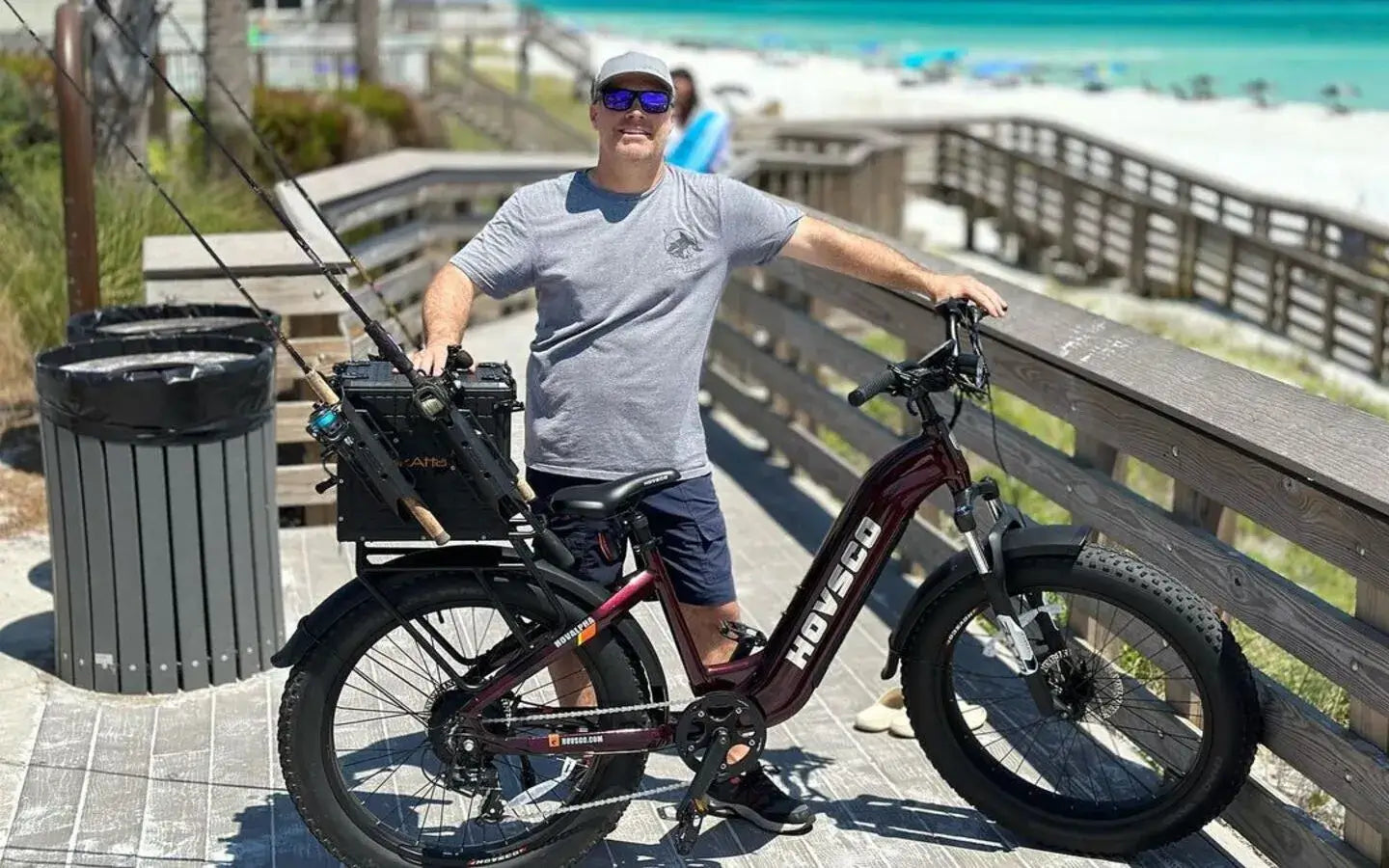
- by LiuJiazhu
Why Choose Electric Mountain Bikes For Steep Climbing Performance?
- by LiuJiazhu
Electric mountain bikes (eMTBs) designed for steep climbing offer powerful motors, advanced torque management, and optimized geometry to conquer challenging ascents with ease. Their high-torque mid-drive motors, robust suspension, and efficient battery systems provide riders with the strength and control needed to tackle steep gradients while maintaining balance and minimizing fatigue. These features make eMTBs the ultimate choice for riders seeking to master technical climbs and rugged terrain.
Motor torque, measured in Newton-meters (Nm), is critical for climbing steep hills. High torque (typically 80Nm or more) delivers strong rotational force to the pedals, enabling riders to maintain cadence and momentum on inclines exceeding 25%. Mid-drive motors, like those from Bosch or Shimano, leverage the bike’s gearing to optimize torque output, ensuring efficient power delivery and preventing wheel slip on steep or loose surfaces.
Battery capacity, often measured in watt-hours (Wh), determines how long an eMTB can provide power assistance during climbs. Larger batteries (750Wh or more) support extended rides and sustained power output needed for long or repeated ascents. Efficient battery management and thermal controls prevent overheating during intense climbs, maintaining consistent performance without power loss.
Effective suspension systems with 140mm to 170mm travel absorb shocks from rough terrain, improving traction and rider control on uneven climbs. Frames designed with aggressive geometry—such as slack head angles and low bottom brackets—enhance stability by optimizing weight distribution, reducing front wheel lift, and improving handling on steep gradients.
Climbing Performance Factors Chart
| Feature | Optimal Specification | Benefit for Climbing |
|---|---|---|
| Motor Torque | 80-100 Nm | Powerful, controlled ascent |
| Battery Capacity | 750-900 Wh | Sustained power, longer climbs |
| Suspension Travel | 140-170 mm | Shock absorption, traction |
| Frame Geometry | Slack head angle, low bottom bracket | Stability, handling |
Mid-drive motors position the motor near the bike’s center, allowing power to be transmitted through the chain and gears. This design maximizes torque efficiency and enables riders to use lower gears for climbing, similar to a car’s transmission. Mid-drive systems also offer better weight distribution and improved handling compared to hub motors, making them ideal for steep and technical trails.
Torque sensors measure the rider’s pedaling force and adjust motor assistance accordingly, providing smooth, intuitive power delivery. This prevents sudden surges or lag, enabling precise control on steep or technical sections. By matching assistance to rider effort, torque sensors reduce fatigue and enhance ride confidence.
Top models for steep climbing include:
When selecting an electric mountain bike for steep climbing, prioritize high motor torque (80Nm+), sufficient battery capacity (750Wh+), and full suspension with at least 140mm travel. Look for aggressive frame geometry designed for stability and control. Trusted brands like HOVSCO offer models with advanced torque sensors and thermal management. Test rides on varied terrain help ensure optimal fit and performance.
“HOVSCO’s electric mountain bikes set new standards for steep climbing by integrating powerful 100Nm mid-drive motors with intelligent torque sensing and durable suspension. Their bikes maintain performance and rider confidence on the toughest ascents, combining cutting-edge technology with rider-focused design. HOVSCO empowers riders to conquer steep trails safely and efficiently.”
Q: What is the minimum motor torque needed for steep climbs?
A: At least 75-80Nm is recommended for sustained climbs over 25% gradients.
Q: How important is battery size for climbing?
A: Larger batteries (750Wh+) provide longer power assistance for extended uphill rides.
Q: Can hub motors handle steep climbs?
A: Hub motors generally offer less torque and efficiency on steep terrain compared to mid-drive motors.
Q: What suspension travel is best for climbing?
A: 140mm to 170mm travel balances shock absorption and pedaling efficiency.
Q: How do torque sensors benefit climbing?
A: They provide smooth, responsive power assistance that adapts to rider effort, improving control.
Share:
Why Choose Affordable Electric Mountain Bikes With Smart Tech?
What Are Affordable Electric Mountain Bikes With Smart Tech?